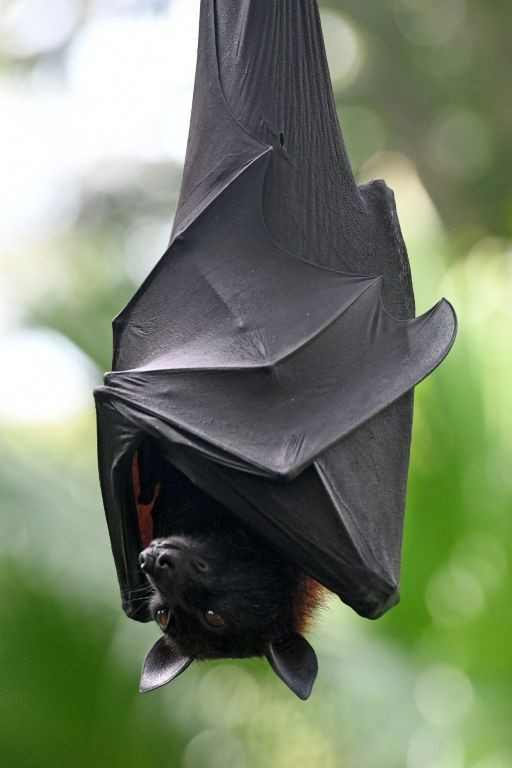Bat Friendships: Some Vampire Bats 'Meet Up' For A Meal
KEY POINTS
- Researchers tracked bats that were previously in captivity together
- They placed tiny "backpack" computers on the bats
- "Closely bonded" bats often reunited during the hunt at night
People are very familiar with the concept of meeting up with friends over a cup of coffee or perhaps a meal. It turns out, it's not just humans who engage in this social behavior as the researchers of a new study have also found evidence of it in vampire bats in Panama.
For their study, published Thursday in PLOS Biology, the researchers placed "backpack" computers on 50 vampire bats to track them while they were foraging at night, Ohio State University (OSU) noted in a news release. Of the bats, 23 were females that were previously in captivity together for 21 months, while the rest, 27 wild females that were tagged and released, were used as the control group.
The researchers found the vampire bats that were "closely bonded" left the roost to forage separately but they actually often "reunited" outside the roost during the hunt. Compared to the bats that did not show signs of having a social bond, the bats that spent more time being close to each other within the tree during the daytime also spent more time with each other outside the roost at night and "encountered each other while foraging more frequently," OSU explained.
"We looked at the possibility of different scenarios, and we found that they leave the roost to forage independently of each other, but then the ones that have a relationship are somehow finding each other and associating out on the cattle pasture – and we think they're coordinating," study co-author Gerald Carter of OSU said in the university news release.
These encounters between the bats with close relationships were also "longer in duration" on average.
"If you think about it, a longer interaction is more likely to be cooperative or affiliative than a short encounter, which could be neutral or aggressive," study co-author Simon Ripperger added.
The researchers also sought to determine whether the bats' time in captivity "interfered" with their ability to hunt, but this "was not the case." In a short video, one can see a couple of vampire bats quite close together as they feed on the cows at night.
The researchers were also able to capture what might be the first audio recordings of vampire bat vocalizations that can be "specifically" linked to foraging. These calls during the hunt are "distinct" from the calls that were previously documented inside the roost as well as from the "buzz" calls associated with arguments, OSU noted.
"Everything we've been studying with vampire bats has looked at what they're doing inside of a roost," Carter said. "What nobody has really known up until now is whether these social relationships serve any function outside the roost."

© Copyright IBTimes 2024. All rights reserved.






















